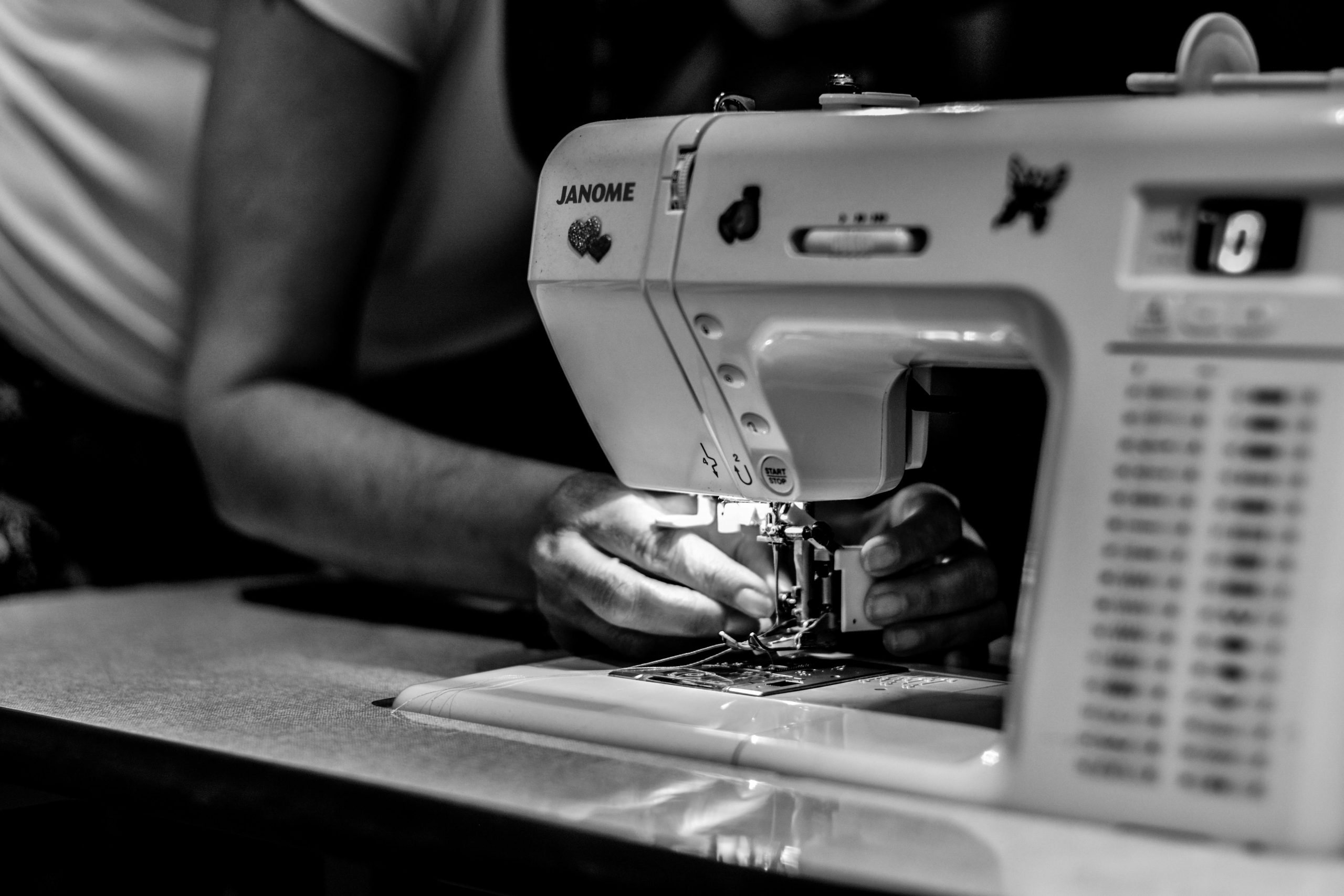The Impact of Virtual Reality on the Fashion Industry
Over the past decade, virtual reality has become one of the most rapidly growing technologies in the world. Initially used for gaming and entertainment, its potential extends far beyond that. One industry that has been greatly impacted by virtual reality is the fashion industry. With this technology, fashion brands and retailers are able to enhance customer experiences, improve production processes, and stay ahead of the competition. In this article, we will explore the impact of virtual reality on the fashion industry and how it is shaping the future of fashion.
The Rise of Virtual Reality in Fashion
The concept of virtual reality was first introduced in the 1980s. However, it wasn’t until recently that the technology has become more accessible and affordable. Thanks to advancements in hardware and software, virtual reality has found its way into the fashion industry.
The rise of e-commerce has also played a significant role in the adoption of virtual reality in fashion. As more and more people turn to online shopping, fashion brands and retailers are faced with the challenge of replicating the in-store experience for customers. This is where virtual reality comes in.
Enhancing the Customer Experience
Virtual reality has completely revolutionized the way customers shop for fashion. With this technology, customers can now view and try on clothes in a virtual setting before making a purchase. This eliminates the need for physical try-ons and allows customers to see how an outfit will look on them without ever leaving their homes.
Additionally, virtual reality has given customers the ability to customize their shopping experience. Some fashion retailers have integrated this technology into their online platforms, allowing customers to create virtual avatars that can try on different clothing items and accessories. This not only adds a fun element to the shopping experience but also allows customers to see the fit and look of an outfit on their body type.
Streamlining the Production Process
The fashion industry is known for its lengthy and labor-intensive production process. With virtual reality, designers and manufacturers are able to cut down on time and costs. By creating digital prototypes and virtual 3D models, fashion designers can visualize and tweak their designs before creating physical samples. This not only saves time but also reduces material waste and production costs.
In addition, virtual reality has also allowed for more efficient and accurate quality control. Instead of physically inspecting each garment, manufacturers can use virtual reality to identify any flaws or imperfections in the design, resulting in a faster and more streamlined production process.
Staying Ahead of the Competition
In today’s fast-paced fashion industry, staying ahead of the competition is crucial. Virtual reality has given fashion brands and retailers a competitive edge by providing a unique and immersive shopping experience for customers. It also gives them the opportunity to experiment with new designs and showcase them in a virtual setting before investing in physical production.
Moreover, virtual reality has also opened up new possibilities for marketing and advertising. Fashion brands can now showcase their collections through virtual fashion shows or create virtual reality experiences for customers to engage with their brand in a more interactive way.
The Future of Virtual Reality in Fashion
As technology continues to advance, it is clear that virtual reality is here to stay in the fashion industry. It has already made a significant impact on the way fashion is designed, produced, and marketed. In the future, we can expect to see more fashion brands and retailers integrating this technology into their business models to further enhance customer experiences and stay competitive in the industry.
In conclusion, virtual reality has already transformed the fashion industry in numerous ways, from improving customer experiences to streamlining production processes and staying ahead of the competition. As this technology continues to evolve, we can only imagine the endless possibilities and innovations it will bring to the world of fashion.










